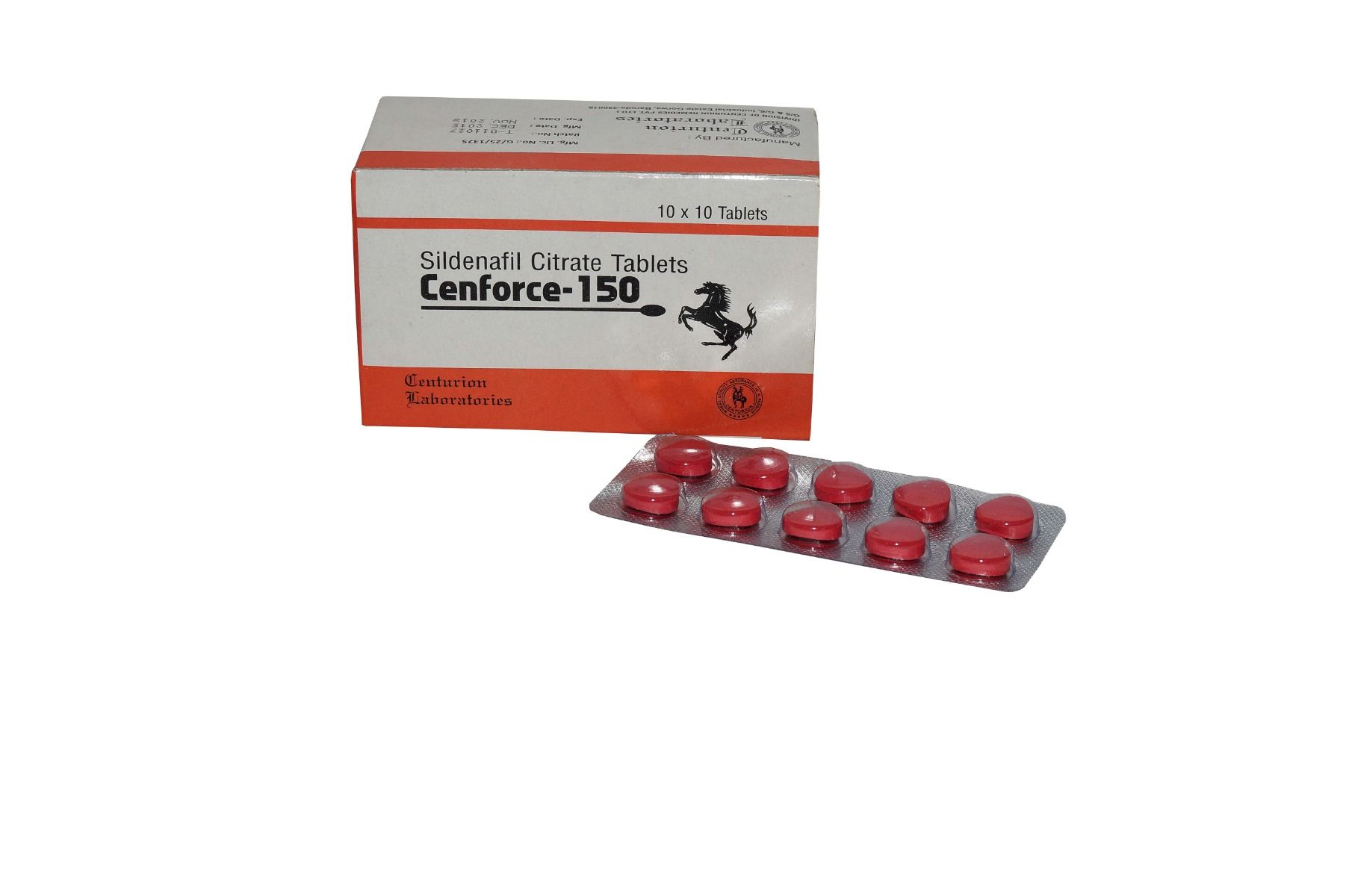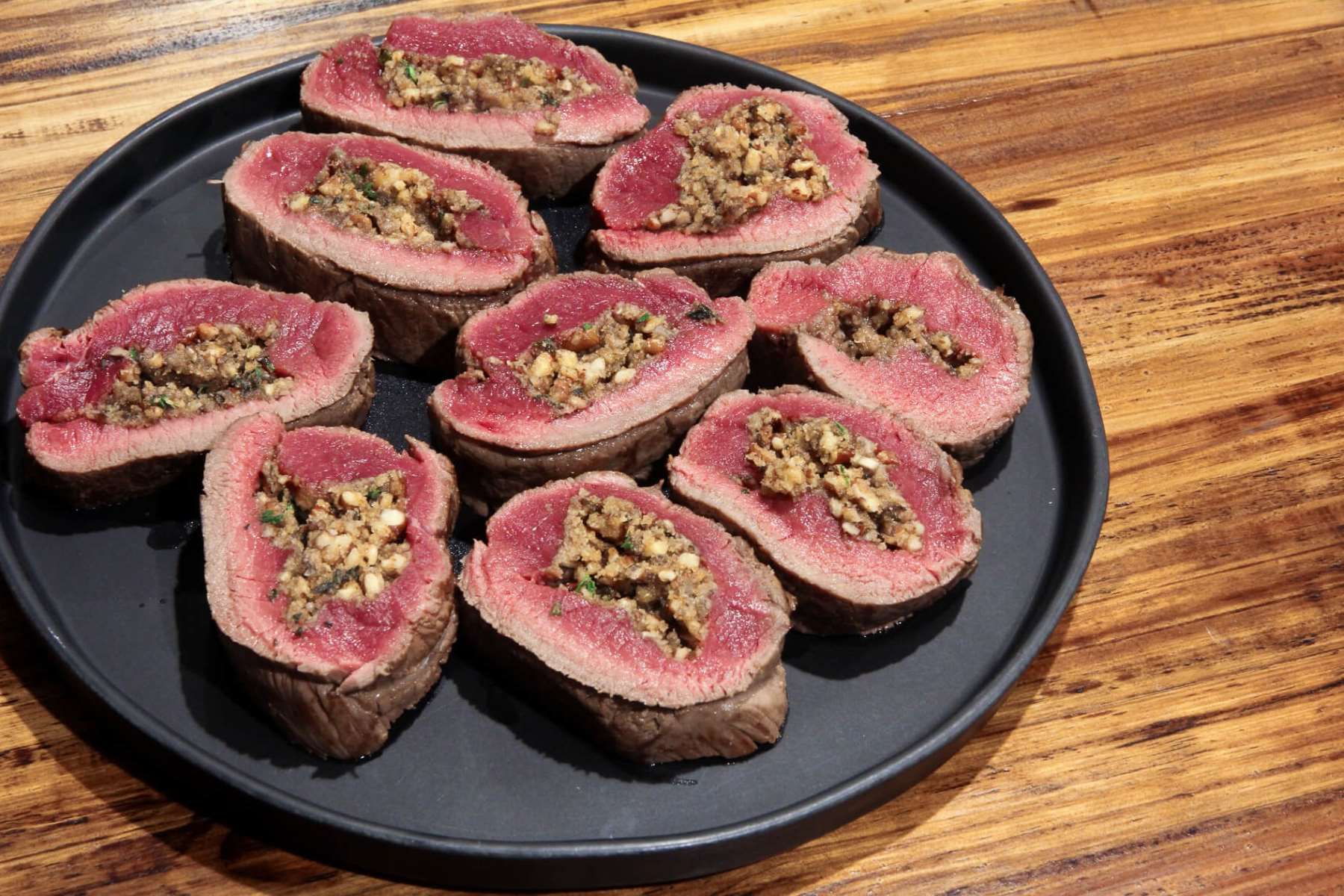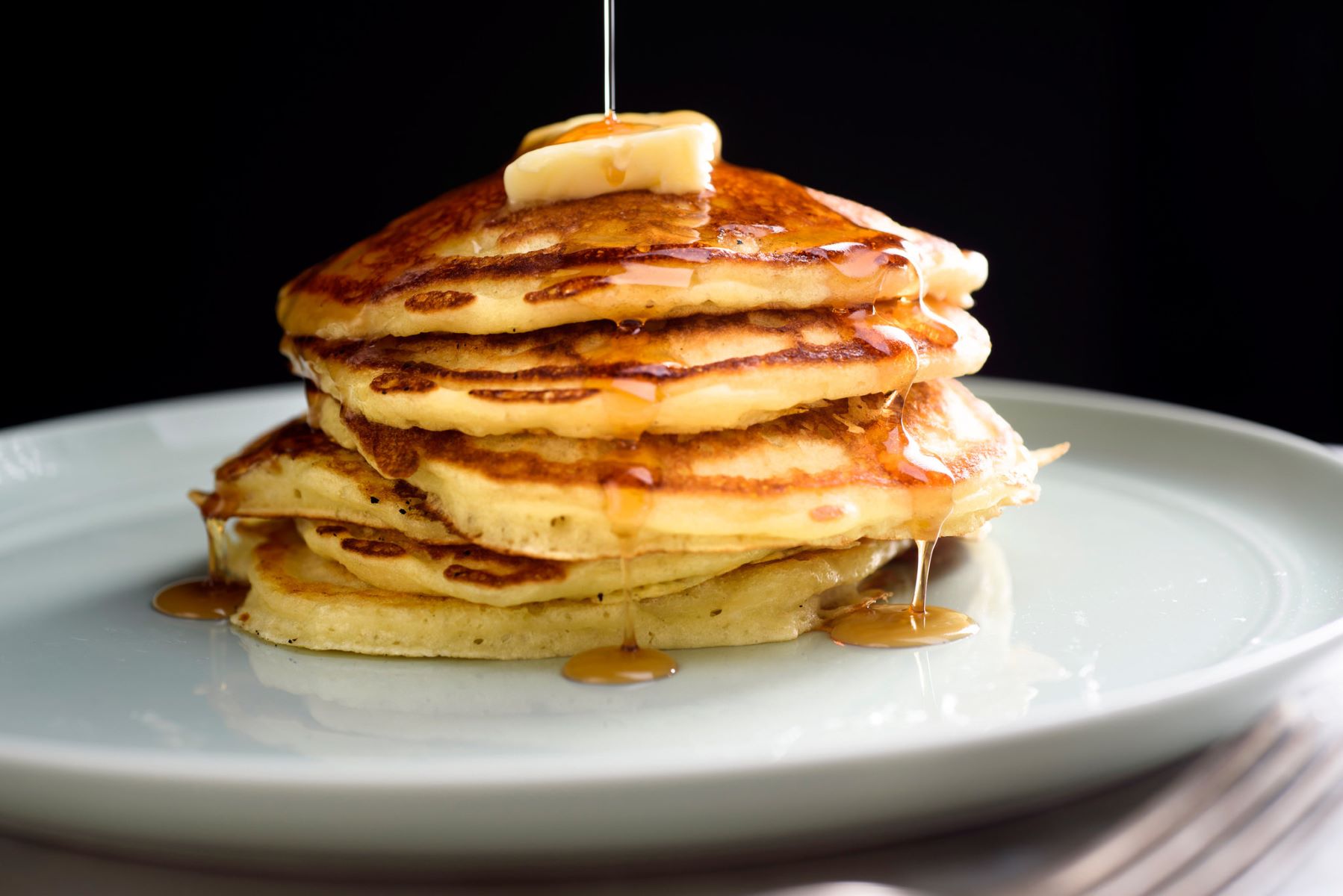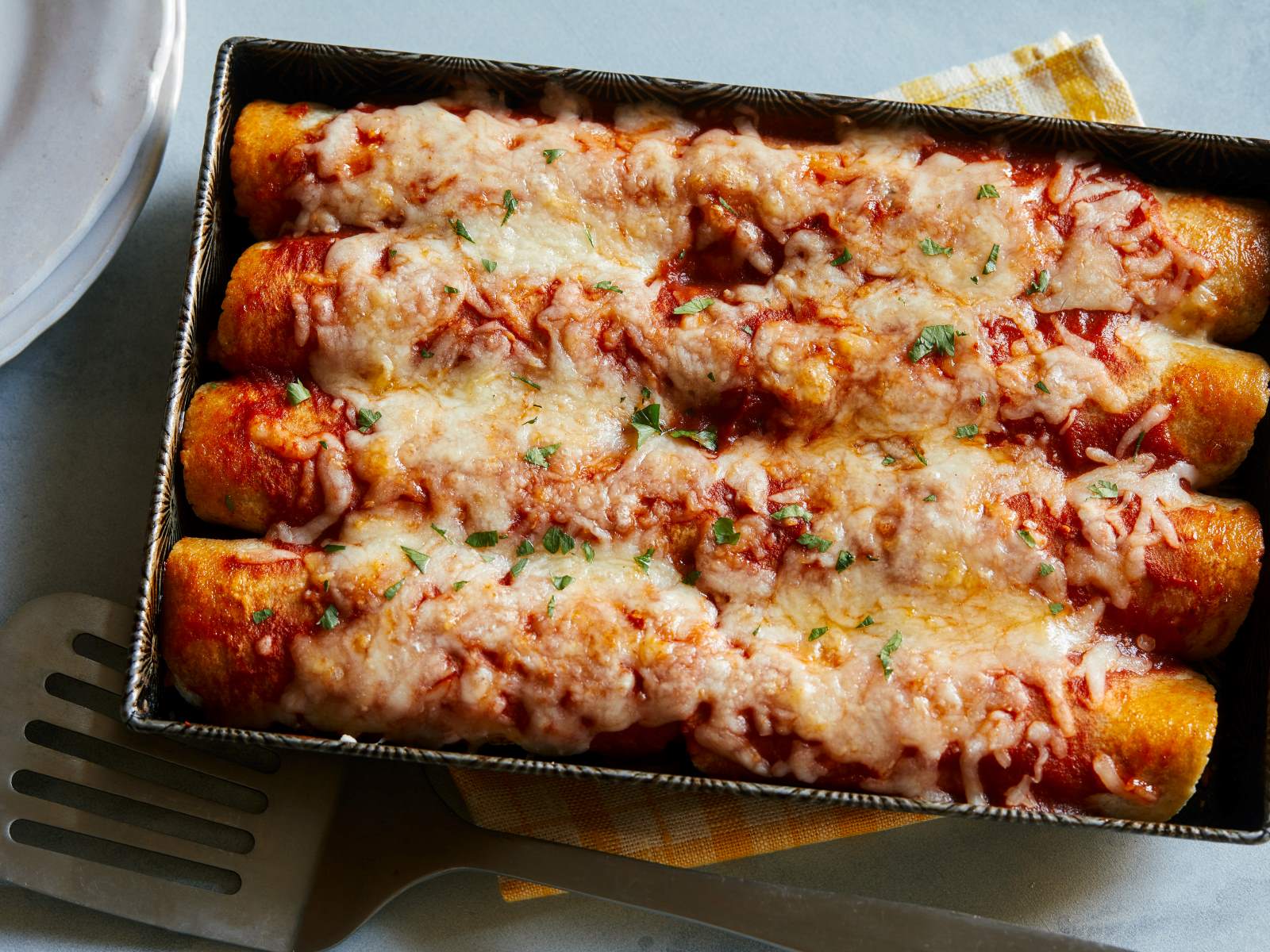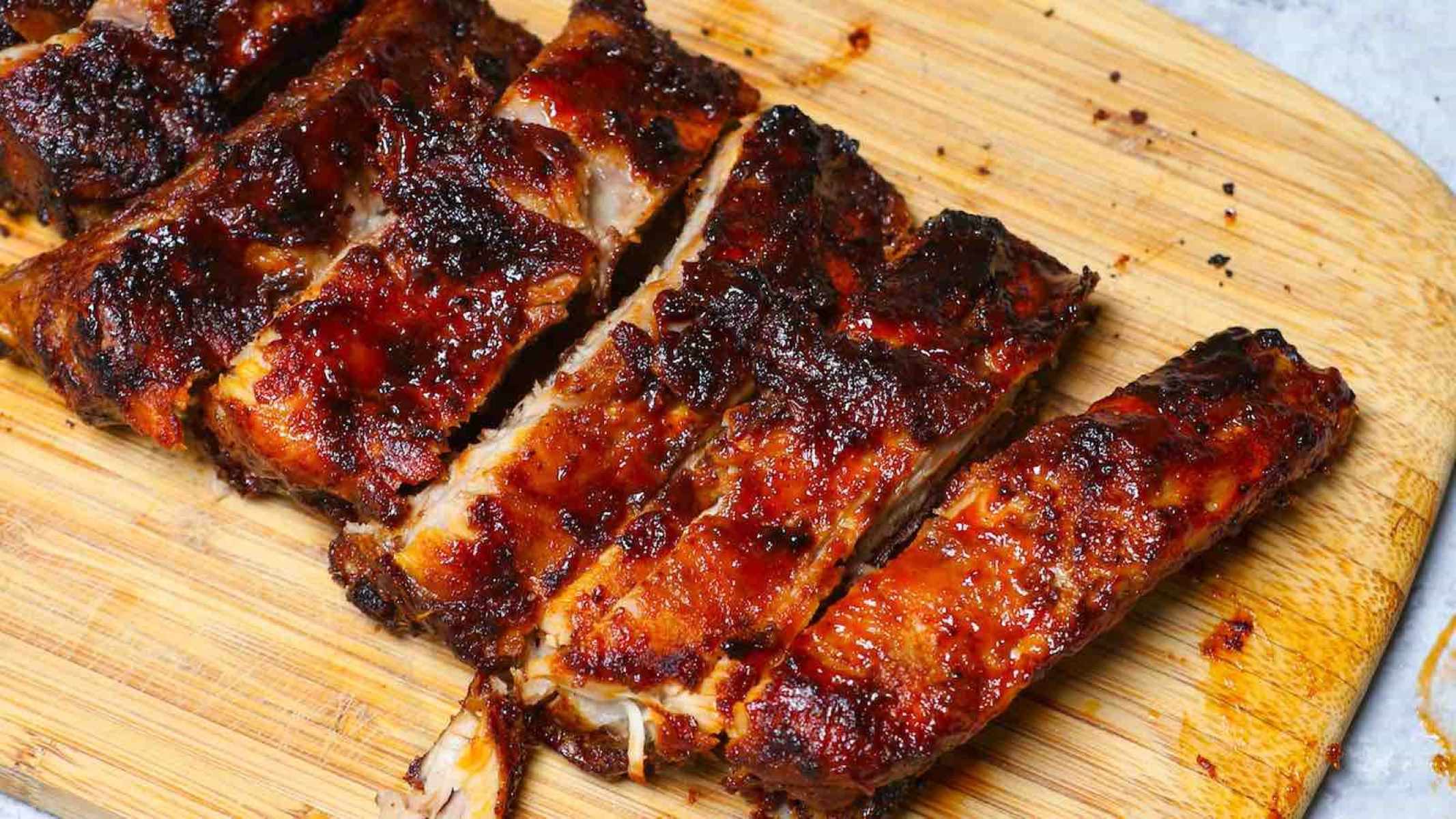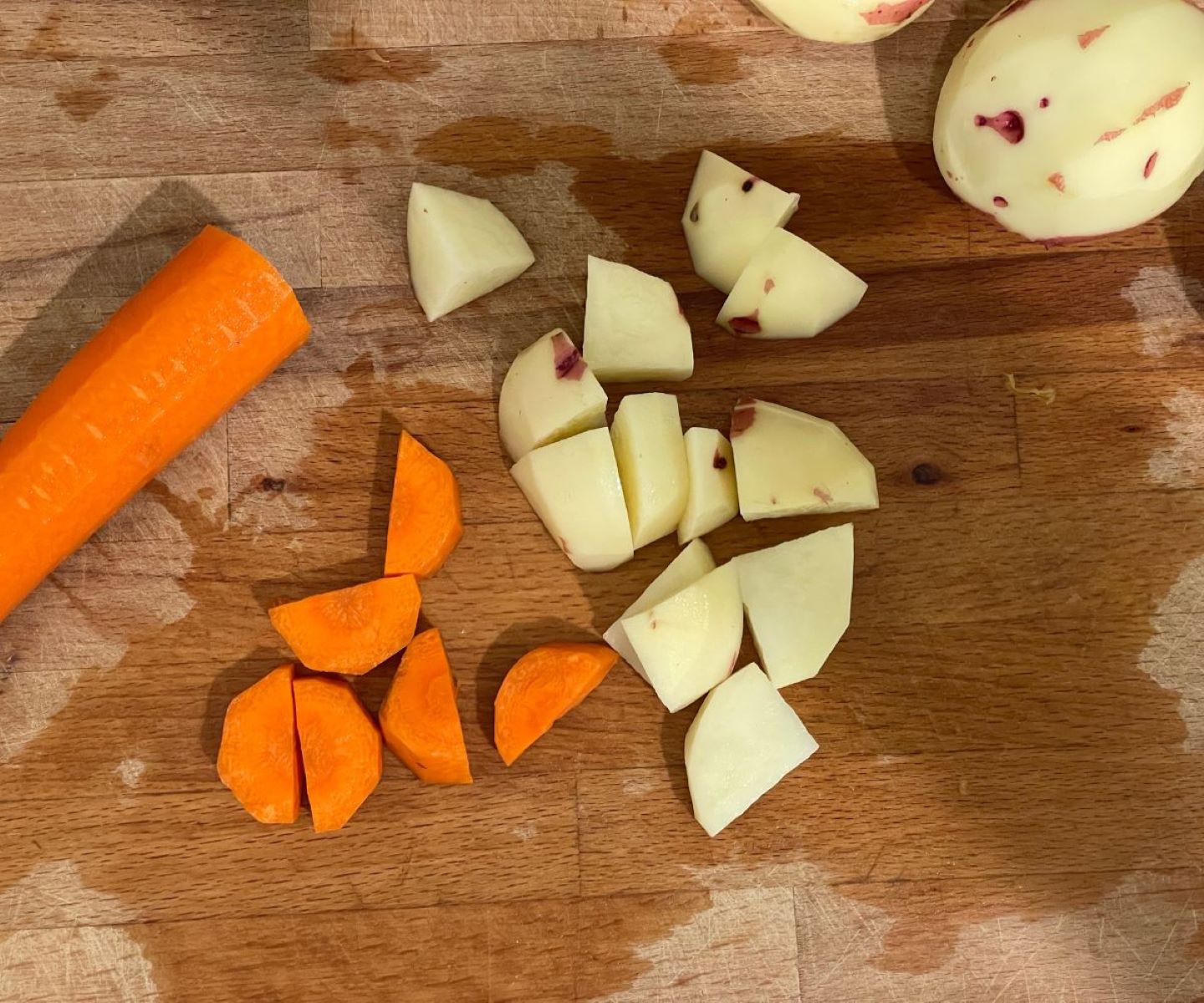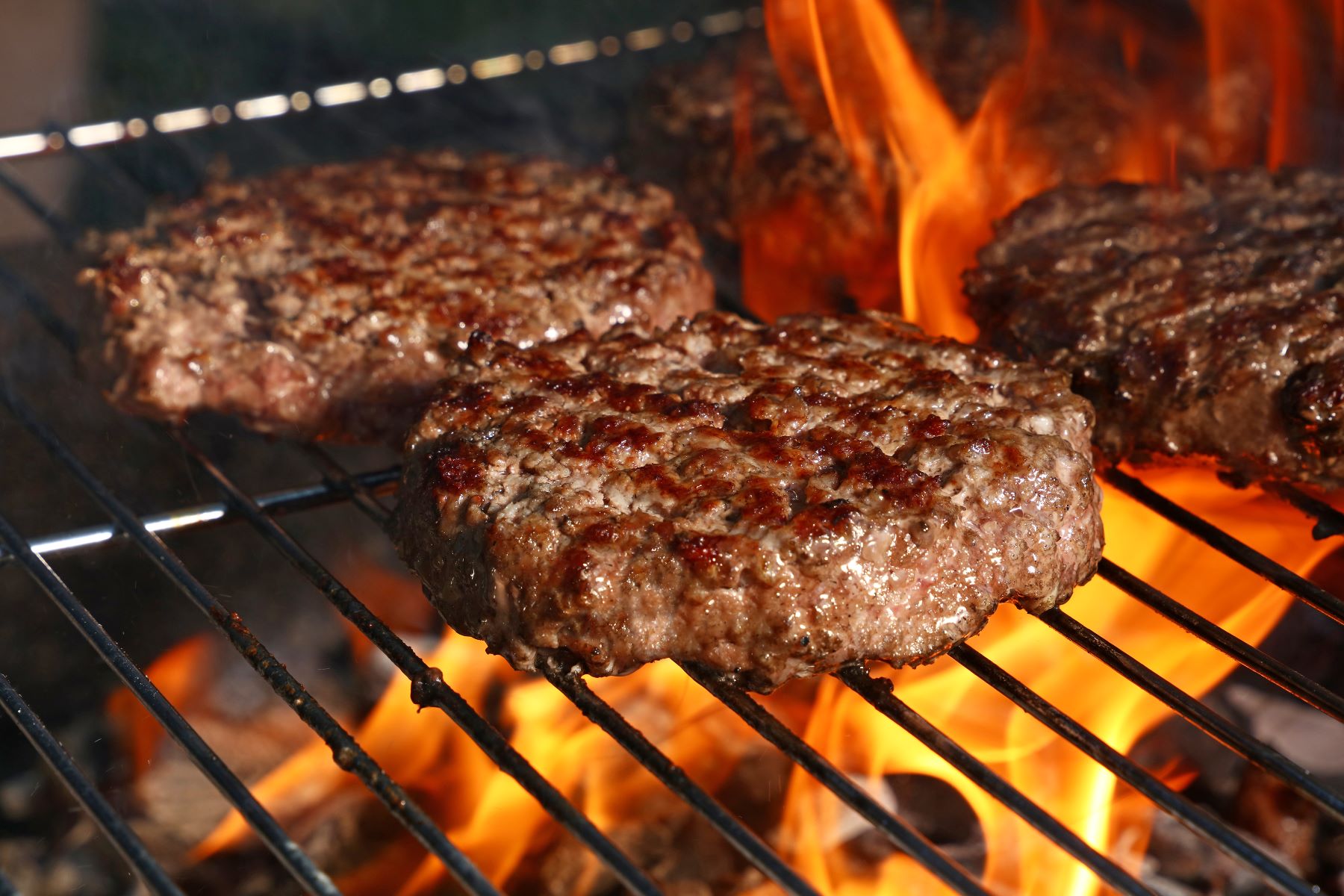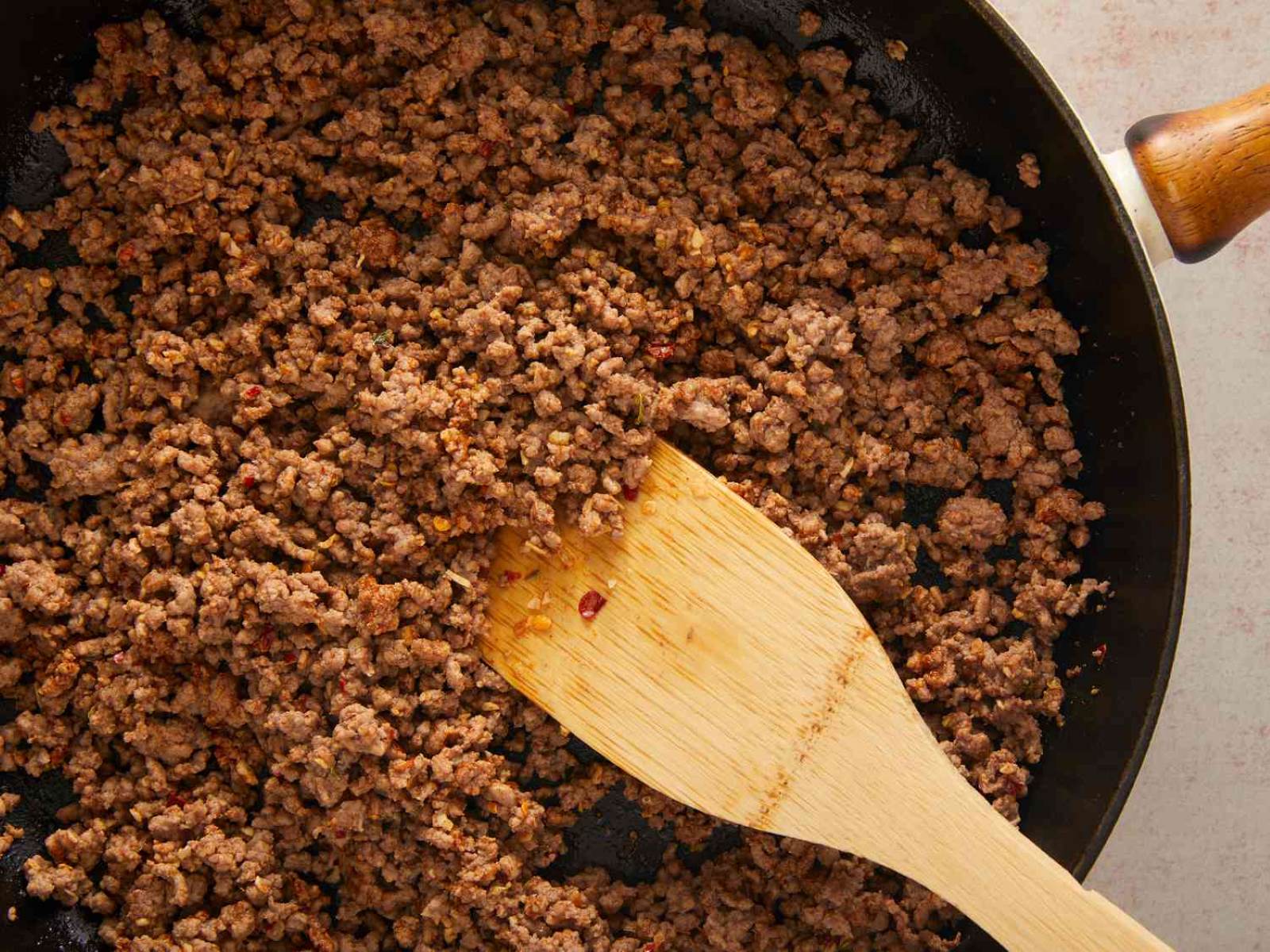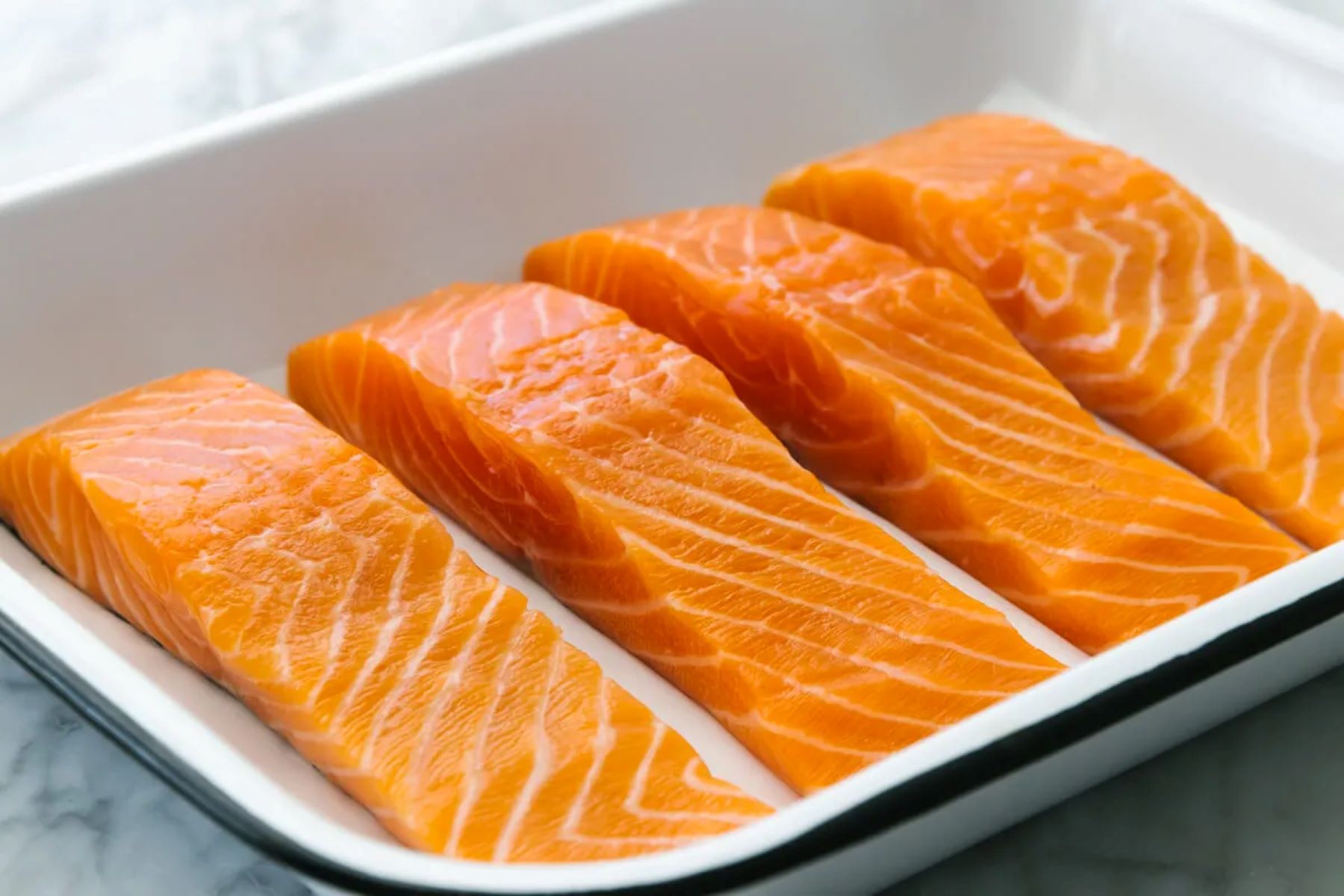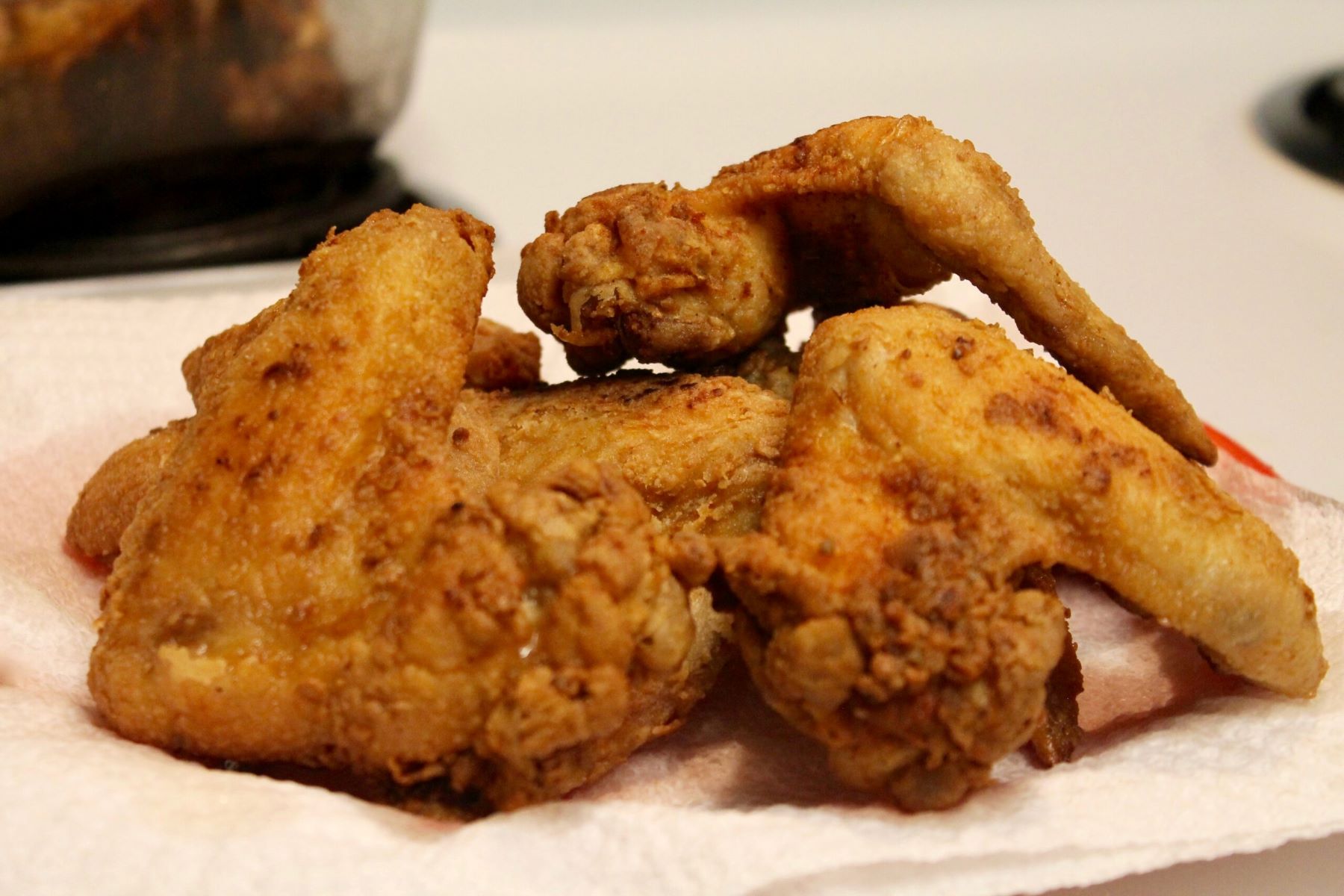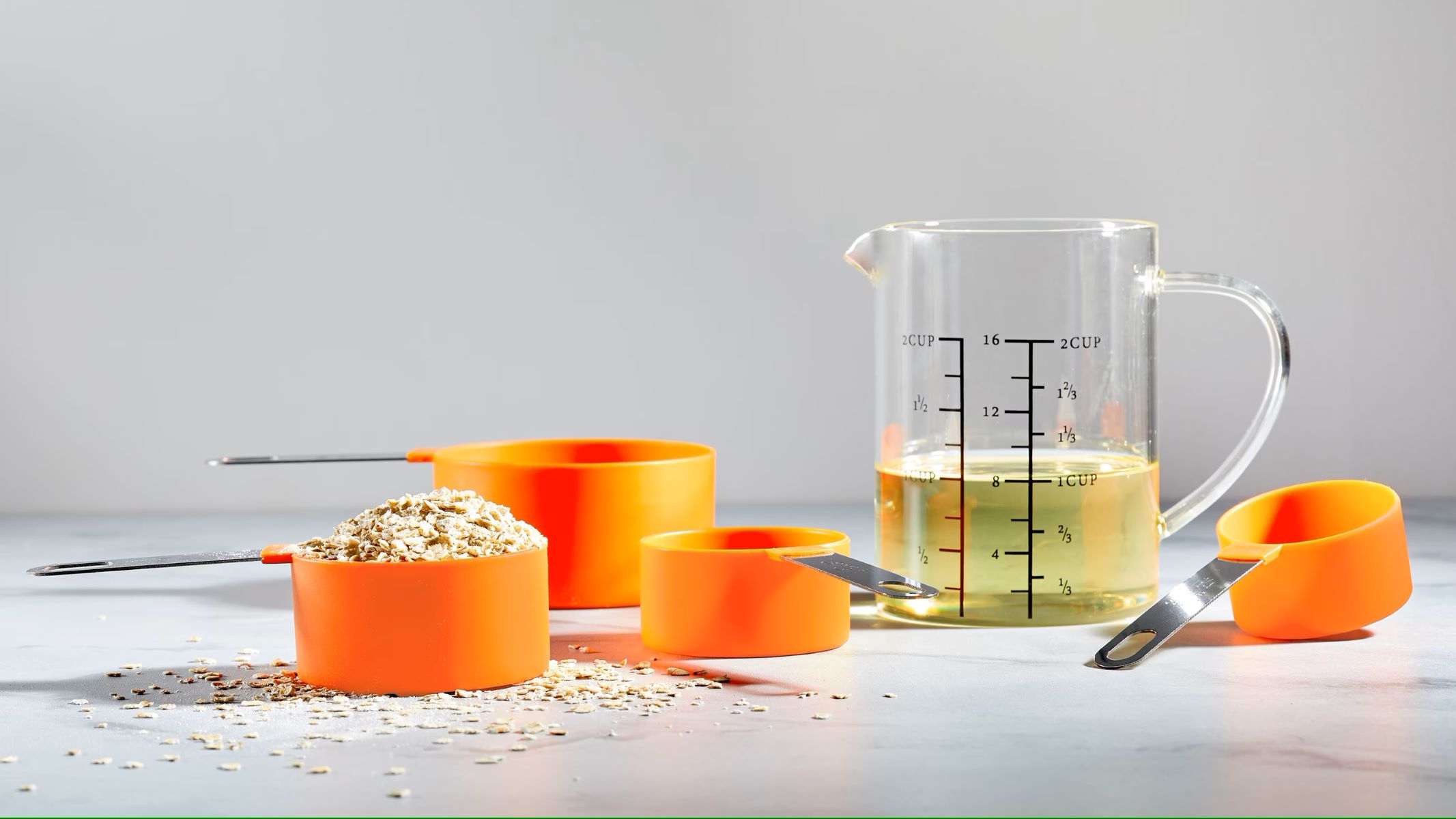Home>Food and Cooking>The Perfect Temperature To Cook Sausage For Juicy And Delicious Results!
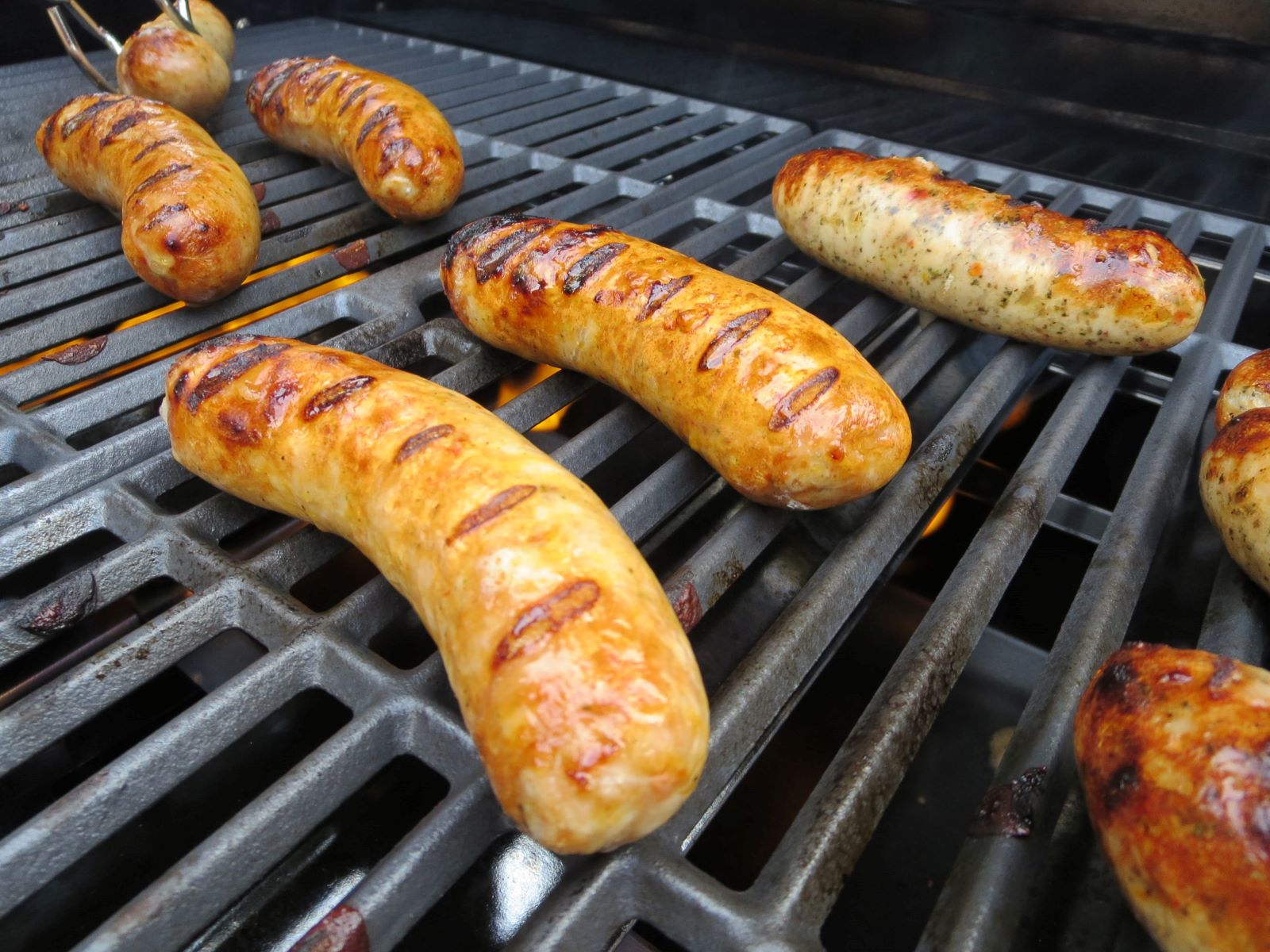

Food and Cooking
The Perfect Temperature To Cook Sausage For Juicy And Delicious Results!
Published: January 31, 2024
Discover the ideal temperature for cooking sausage to perfection! Get juicy and delicious results with our expert food and cooking tips.
(Many of the links in this article redirect to a specific reviewed product. Your purchase of these products through affiliate links helps to generate commission for Regretless.com, at no extra cost. Learn more)
Table of Contents
Introduction
Cooking sausage to perfection is an art that requires just the right balance of time and temperature. Whether you're grilling, pan-frying, or baking, achieving juicy and delicious results hinges on understanding the ideal cooking temperature for sausage. The temperature at which sausage is cooked can make all the difference between a succulent, flavorful bite and a dry, lackluster experience.
In this comprehensive guide, we delve into the intricacies of cooking sausage at the perfect temperature to unlock its full potential. From understanding the science behind the ideal cooking temperature to exploring the factors that influence the process, we'll equip you with the knowledge and tips needed to elevate your sausage-cooking game. Whether you're a seasoned home cook or a culinary enthusiast looking to perfect your sausage dishes, this guide is your key to achieving mouthwatering results every time.
Join us as we embark on a flavorful journey, uncovering the secrets to cooking sausage to perfection. Let's dive into the world of sausage cooking temperatures and discover how to create juicy, delicious sausages that will tantalize your taste buds and leave you craving more.
Understanding the Ideal Temperature for Cooking Sausage
Cooking sausage involves a delicate balance of heat and time, and understanding the ideal cooking temperature is crucial to achieving the perfect results. The recommended internal temperature for cooked sausage is 160°F (71°C), which ensures that any harmful bacteria present in the meat are effectively eliminated, making it safe to consume. However, the external cooking temperature plays an equally important role in determining the texture, juiciness, and overall flavor of the sausage.
When it comes to cooking sausage, different methods such as grilling, pan-frying, and baking require varying temperature ranges to yield optimal results. For instance, grilling sausage over direct heat at a temperature of around 375-400°F (190-204°C) allows for a beautifully charred exterior while ensuring that the interior cooks through evenly. On the other hand, pan-frying sausage over medium heat, typically around 325-375°F (163-190°C), allows for a slower cooking process, promoting caramelization and flavor development.
Understanding the ideal cooking temperature for sausage also involves considering the type of sausage being cooked. For example, fresh sausages, such as bratwurst or Italian sausage, benefit from a slightly lower and slower cooking temperature to prevent the casings from splitting and to retain moisture. In contrast, pre-cooked sausages, like smoked or cured varieties, require a lower temperature to gently heat through without overcooking and drying out the meat.
Moreover, the ideal cooking temperature is also influenced by the size and thickness of the sausage. Thicker sausages may require lower and slower cooking to ensure that the heat penetrates the center without burning the exterior, while thinner sausages may benefit from a relatively higher cooking temperature for quicker, more even cooking.
In essence, understanding the ideal cooking temperature for sausage is a multifaceted endeavor that involves considering the cooking method, type of sausage, and size variations. By mastering the art of cooking sausage at the perfect temperature, you can unlock its full potential, resulting in juicy, flavorful sausages that are a delight to savor.
Factors Affecting Sausage Cooking Temperature
Several factors come into play when determining the cooking temperature for sausage, each exerting a significant influence on the final texture, flavor, and overall quality of the cooked product. Understanding these factors is essential for achieving consistently delicious results. Let's explore the key elements that affect sausage cooking temperature:
1. Type and Composition of Sausage:
The type of sausage and its composition significantly impact the cooking temperature. Fresh sausages, typically made from raw meat, require thorough cooking at a lower temperature to ensure that the meat cooks through without burning the exterior. On the other hand, pre-cooked or cured sausages can be heated at a lower temperature to prevent overcooking and drying out the meat.
2. Size and Thickness:
The size and thickness of the sausage directly influence the cooking temperature. Thicker sausages necessitate a lower and slower cooking process to ensure that the heat penetrates the center without charring the exterior. Conversely, thinner sausages may be cooked at a relatively higher temperature for quicker, more even cooking.
3. Cooking Method:
The chosen cooking method, whether grilling, pan-frying, baking, or broiling, dictates the ideal cooking temperature for sausage. Grilling over direct heat at a specific temperature allows for charring and caramelization, while pan-frying over a lower heat facilitates a slower, more controlled cooking process.
4. Desired Texture and Flavor:
The desired texture and flavor of the cooked sausage also play a role in determining the cooking temperature. Lower temperatures and longer cooking times can result in a juicier, more tender sausage, while higher temperatures may yield a firmer texture with a more robust flavor profile.
5. Equipment and Environment:
The type of cooking equipment and the environment in which the sausage is cooked can impact the cooking temperature. Factors such as the heat conductivity of the cooking surface, ambient temperature, and humidity levels can all influence the optimal cooking temperature for sausage.
By considering these factors, cooks and food enthusiasts can make informed decisions regarding the cooking temperature for sausage, ensuring that each batch is cooked to perfection, with the ideal texture, flavor, and juiciness that will leave diners craving more.
Tips for Achieving Juicy and Delicious Sausage Results
-
Prick the Sausage: When cooking fresh sausages, especially those with natural casings, lightly prick them with a fork before cooking. This allows the excess fat to escape, preventing the casings from bursting and ensuring that the sausages cook evenly.
-
Use a Meat Thermometer: Invest in a reliable meat thermometer to accurately gauge the internal temperature of the sausage. This ensures that the sausage reaches the recommended safe temperature of 160°F (71°C) without overcooking, resulting in a juicy and flavorful outcome.
-
Preheat the Cooking Surface: Whether grilling, pan-frying, or baking, preheating the cooking surface ensures that the sausage is exposed to the appropriate initial heat, promoting even cooking and caramelization.
-
Avoid High Heat Shocks: When transitioning sausages from a lower to a higher heat cooking environment, such as moving from indirect to direct heat on a grill, do so gradually to prevent high heat shocks that can lead to uneven cooking and dryness.
-
Utilize Indirect Heat: When grilling thicker sausages, consider using indirect heat by positioning the sausages away from the direct flames. This gentle cooking method allows for thorough cooking without excessive charring on the outside.
-
Rest the Sausage: After cooking, allow the sausages to rest for a few minutes before serving. This allows the juices to redistribute, resulting in a more succulent and tender texture.
-
Experiment with Flavors: Enhance the flavor profile of the sausage by experimenting with different herbs, spices, and marinades. Infusing the sausage with complementary flavors can elevate the overall taste and provide a delightful culinary experience.
-
Consider Sous Vide Cooking: For precise and consistent results, consider using the sous vide method to cook sausages. This technique involves vacuum-sealing the sausages and cooking them in a water bath at a controlled temperature, resulting in perfectly cooked, juicy sausages.
-
Quality Ingredients: Start with high-quality sausages made from premium cuts of meat and top-quality seasonings. The quality of the ingredients directly impacts the final flavor and juiciness of the cooked sausages.
-
Monitor Cooking Time: Keep a close eye on the cooking time, as overcooking can lead to dry and tough sausages. Timing plays a crucial role in achieving the desired juiciness and tenderness.
By incorporating these tips into your sausage-cooking repertoire, you can consistently achieve juicy and delicious results that will delight your taste buds and leave a lasting impression on your dining experience.
Conclusion
Mastering the art of cooking sausage to perfection hinges on understanding and implementing the ideal cooking temperature. By delving into the nuances of sausage cooking, we've uncovered the pivotal role that temperature plays in achieving juicy, flavorful results. Whether grilling, pan-frying, or baking, the cooking temperature acts as a guiding force, shaping the texture, flavor, and overall dining experience.
The journey to the perfect sausage begins with recognizing the multifaceted nature of cooking temperature. Factors such as sausage type, size, cooking method, and desired outcomes all converge to influence the ideal temperature for cooking. By embracing the interplay of these elements, cooks and food enthusiasts can elevate their sausage dishes to new heights, ensuring that each bite is a tantalizing symphony of juiciness and flavor.
Furthermore, the tips provided offer invaluable insights into refining the sausage-cooking process. From utilizing meat thermometers to experimenting with flavors, each tip serves as a gateway to unlocking the full potential of sausage dishes. By incorporating these tips into the culinary arsenal, cooks can consistently produce sausages that are a testament to culinary expertise and a delight to savor.
In conclusion, the perfect temperature to cook sausage is not merely a number on a dial or a setting on a grill; it is a harmonious blend of science, technique, and creativity. It is the threshold between a lackluster meal and a culinary triumph, where the juiciness and flavor of the sausage are elevated to their zenith. As we bid adieu to this exploration of sausage cooking temperatures, may each cooking endeavor be infused with the newfound knowledge and passion for creating sausages that are nothing short of extraordinary. Here's to savoring every succulent bite and embarking on a flavorful journey that knows no bounds.

